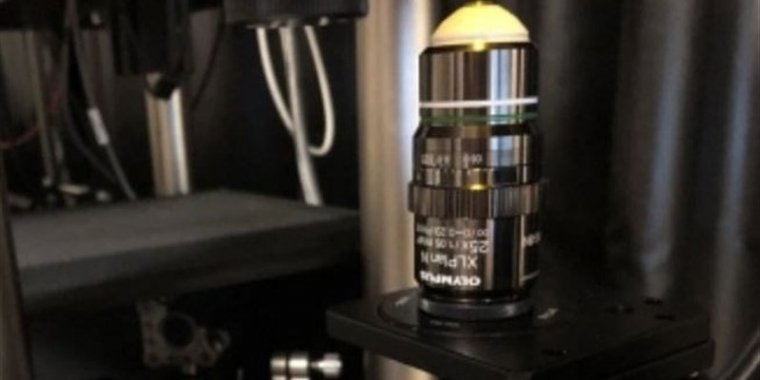| News / Science News |
Researchers Use Laser to Shrink Objects to Nanoscale
MIT researchers they invented a way to shrink objects to nanoscale by using a laser, meaning they can take any simple structure and reduce it to one 1,000th of its original size.

Researchers use laser to shrink objects to nanoscale. ![]()
The miniaturizing technology, called “implosion fabrication,” could be applied to anything from developing smaller microscope and cell phone lenses to creating tiny robots that improve everyday life.
MIT’s cutting-edge technique simply requires a laser and an absorbent gel (commonly used in baby diapers) — materials that most biology and engineering labs already have.
Using a laser, researchers make a structure with absorbent gel — akin to writing with a pen in 3D. Then, they can attach any material — metal, DNA, or tiny “quantum dot” particles — to the structure. Finally, they shrink the structure to a miniscule size.
“It’s a bit like film photography,” explained graduate student researcher Daniel Oran. “A latent image is formed by exposing a sensitive material in a gel to light. Then, you can develop that latent image into a real image by attaching another material, silver, afterwards.”
The team discovered the method by reversing a common technique, originally developed to enlarge images of brain tissue. Called “expansion microscopy,” that process involves injecting a material into a gel and then making it larger and therefore easier to see.
By doing the reverse, the researchers were able to make nanosized objects. Previously, similar laser techniques could only make two dimensional structures, and other methods for shrinking 3D objects were much slower and more difficult to perform in most labs.
The researchers say this technology could become easily accessible in the future; it’s even something you could use at home or in a school because all the materials are nontoxic. (Tasnim News Agency)
YOU MAY ALSO LIKE





